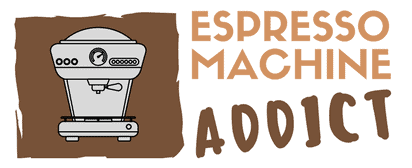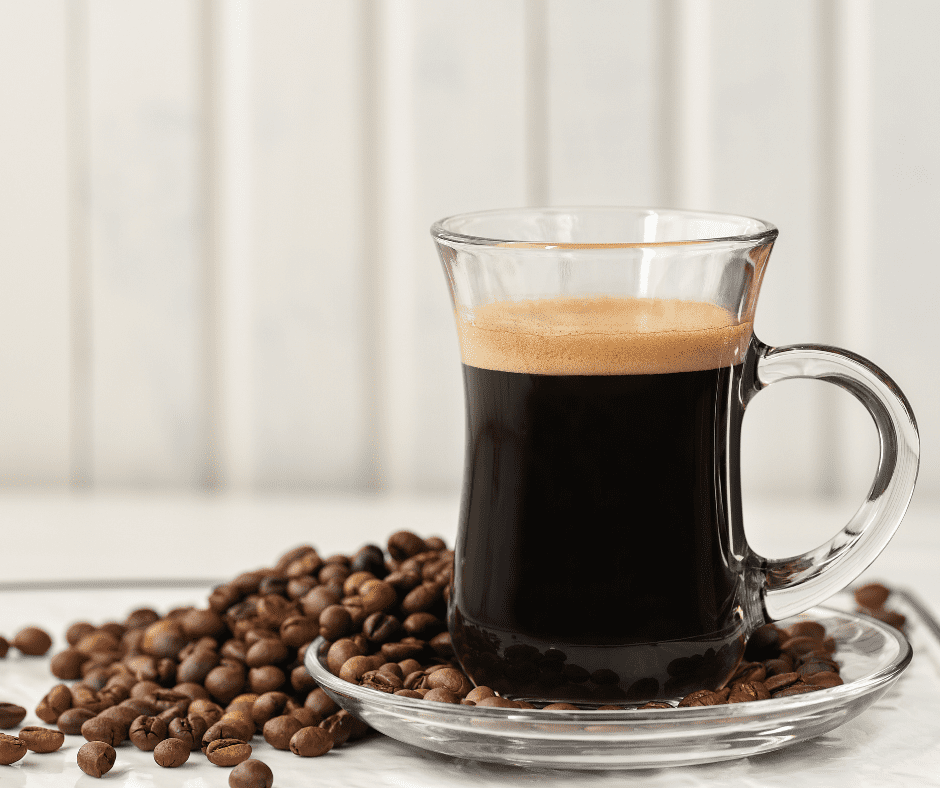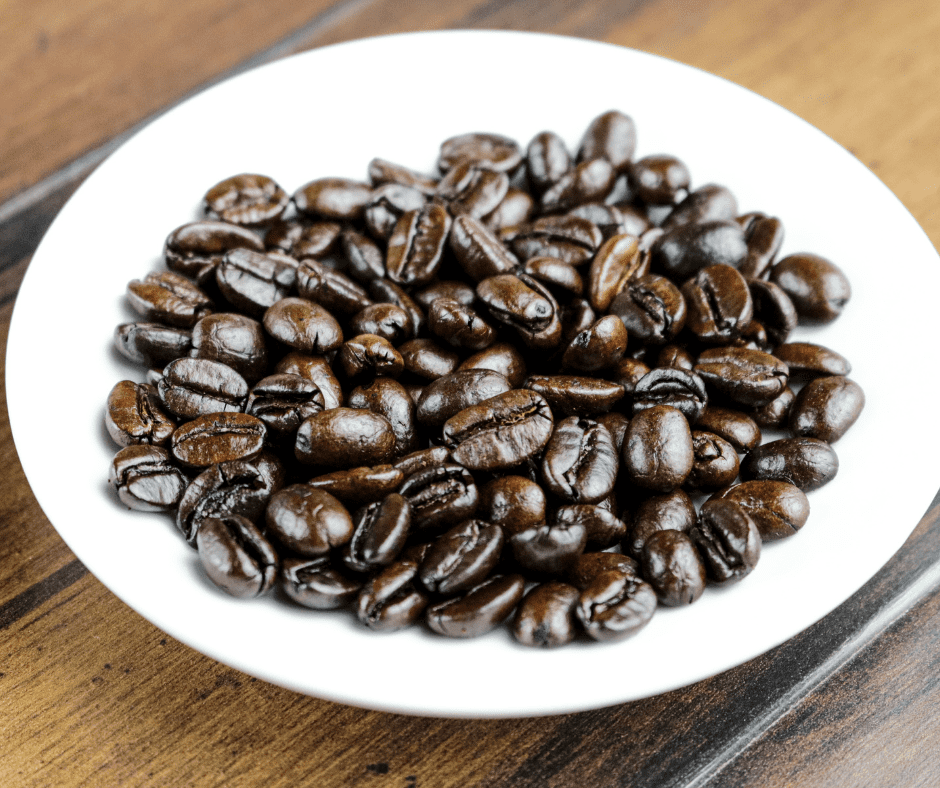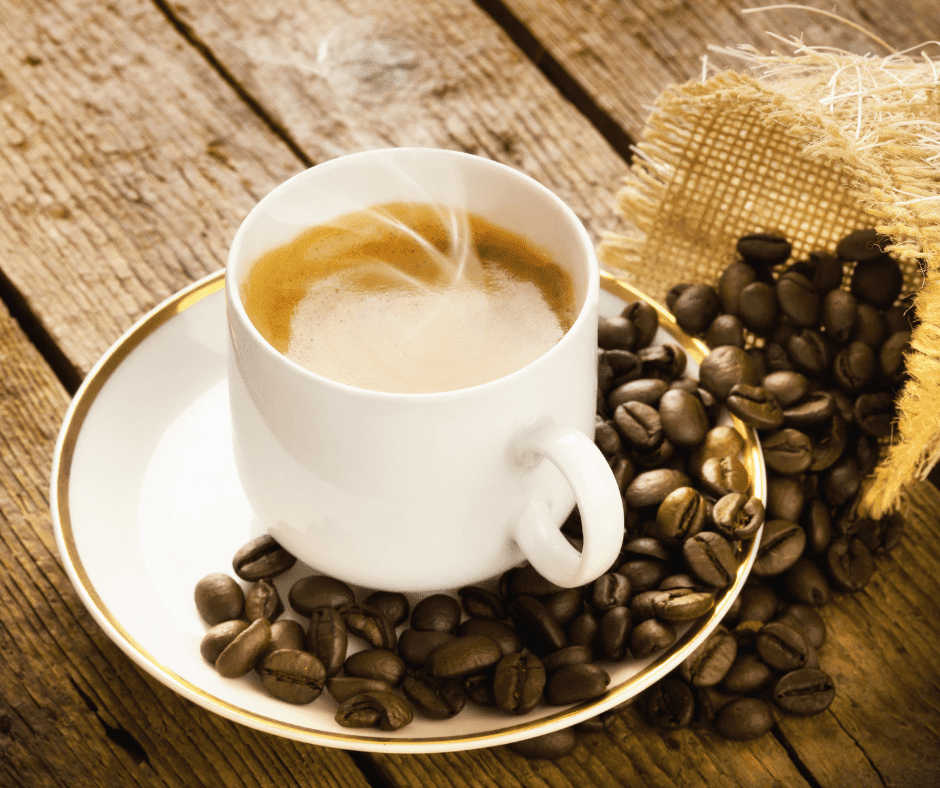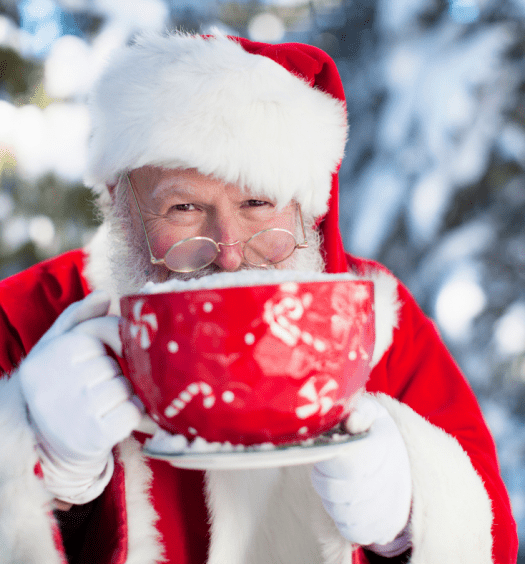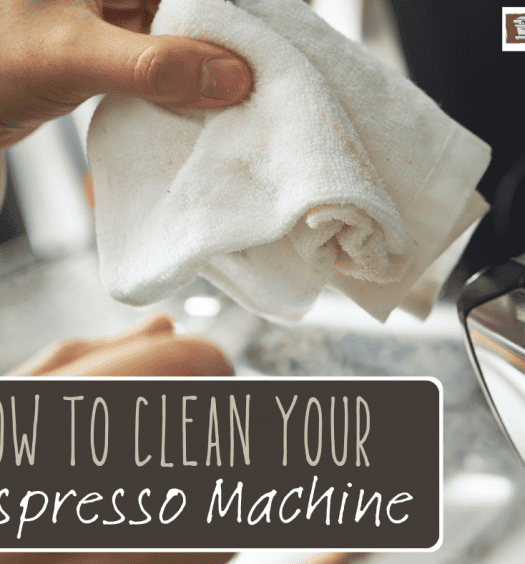Whether you’re a long-term coffee drink fan or just taking your first steps into the world of coffee, you may have questions about these delectable beverages. One common question people have is, “What is espresso?” You may also be wondering, when it comes to espresso vs. regular coffee, is there really that much of a difference?
If you want to make café-quality drinks at home or order at a coffee shop like a champ, here’s what you need to know about espresso.
Is Espresso the Same as Coffee?
If you’re trying to figure out if espresso and coffee are the same things, the answer depends on the angle. Technically, they are both made from Robusta or Arabica coffee beans from a coffee plant, making them the same in that regard. However, the preparation of the beans, the grind, and the brewing processes differ.
In many cases, espresso beans are roasted longer, making them darker than many beans used for a classic cup of coffee. This gives them a bolder taste, allowing them to imbue a lot of flavor into a drink.
When it comes to espresso grounds vs. coffee grounds, espresso grounds are traditionally finer. This allows them to be packed into a “cake” – a compact disc of grounds – to stand up to high-pressure brewing. Again, this results in a more robust flavor profile.

However, you can technically use coffee beans to make espresso or espresso beans to make a cup of traditional coffee. At their core, the beans are fundamentally the same. The main thing you’d want to watch out for is the end flavor profile.
If you make espresso with coffee beans, the end flavor is usually milder. Even if you use a darker roast, the coarser grinds lead to a somewhat lighter taste. If you go with a lighter roast, too, the end result is even milder.
Making traditional coffee with espresso beans leads to a stronger flavor. Since there’s more water, it is usually lighter than when you go with an espresso brewing process but still typically comes out bolder than a regular cup of coffee.
It is important to note that the fineness of an espresso grind isn’t always ideal for traditional coffee brewing processes. Espresso grounds may be small enough to fit through some filters, particularly reusable metal or plastic ones and those found in French presses. If you use disposable paper ones, that may not be an issue.
If you want to use espresso beans for coffee or coffee beans for espresso, some adjustments might be in order. By altering the grind, brew time, or other factors, you can make sure that the end result is to your liking.
What Is Espresso Coffee?
So, what exactly is espresso coffee? In the simplest sense, espresso is almost like a coffee concentrate. When brewed, you get a small amount – usually about one ounce – of bold coffee that’s highly flavored and caffeine-packed.
As mentioned above, the answer to “what is espresso coffee made of” is technically coffee beans. The main difference is that they’re usually roasted longer, giving them a stronger flavor. The grind for espresso beans is finer. This lets you compress the grounds into a cake, making it easier to extract a rich flavor when brewed using a high-pressure approach as you get with an espresso machine.
In many cases, espresso is used as a base for coffee drinks, including some of the best iced coffee drinks or a tasty espresso martini. Thanks to its strong flavor profile, espresso can be diluted with milk, syrups, and other substances while still imbuing a beverage with a noticeable coffee flavor.
However, some people do drink espresso straight. When brewed properly, espresso – while strong – is incredibly smooth. Plus, there’s a lovely crema after brewing, something that many espresso fans adore.
There are actually many different kinds of espresso, too. Each option has a unique flavor profile. As a result, by learning about each version, you can find one that best suits your taste.
What Is White Espresso?
“White” is a reference to the roasting process for the beans. When an espresso bean is white, it means that the roasting process was shorter than normal, usually lasting only half as long. Additionally, the temperature used to roast is often lower. As a result, the roasted bean is a lighter color, usually a whitish hue. Many label white espresso beans to be under-roasted, as the beans don’t fully roast during the process.
In most cases, white espresso has a far milder flavor than darker roast versions. However, it can contain more caffeine than darker roasts. If you’re looking for a pick-me-up but prefer a subtler flavor, white espresso could be for you.
What Is a Blonde Espresso?
Blonde espresso is a lighter roast than a traditional espresso, typically falling somewhere in the light-to-medium range, depending on the coffee roaster involved. A blonde roast is darker than a white espresso, so the flavor is a bit stronger.
Unlike white espresso, blonde coffee is fully roasted. However, it’s also far milder than a deeper roast.
Additionally, blonde espresso usually has more caffeine than darker roasts. However, it may contain less than a white espresso.
Often, blonde can be viewed as a happy medium between a white and traditional espresso. It is important to note that the coffee brand, grind, and brewing process could cause the end result to be closer to one end of the spectrum than the other, so keep that in mind.
What Is a Double Espresso?
The difference between an espresso and a double espresso is mainly volume. While a traditional espresso shot is just one ounce, a double espresso yields two ounces.
When making a double espresso, you use twice the amount of grounds as you would for a single. That way, the integrity of the flavor remains.
What Is Long Espresso?
A long espresso involves more water than a traditional espresso shot but uses the same amount of grounds. This results in more liquid at the end, as well as a milder flavor.
In many cases, a long espresso is two ounces, like a double espresso. However, since it only uses half of the grounds as you get with a double espresso, the flavor isn’t quite as strong. You do still get a nice crema, making this a solid choice for someone who wants the experience of drinking espresso straight but is worried a double or single shot would be overwhelming taste-wise.
What Is Espresso Powder?
Espresso powder is incredibly finely ground espresso beans. The beans are roasted, ground, brewed, and then dried, resulting in a dry, powdery substance with a texture not unlike powdered sugar. However, it contains a rich coffee flavor.
While you may assume that espresso powder is essentially a form of instant coffee, that isn’t its typical use. Instead, espresso powder is more commonly used in baking, allowing a person to add a nice coffee flavor to cakes and pastries. Some people also use espresso powders for meat rubs.
What Coffee to Use for Espresso
If you’re wondering, “What coffee do you use for espresso?” you can technically use any kind of coffee. The primary difference between espresso and coffee beans is the roast and grind.
Classic espresso beans are dark roasted and finely ground, allowing you to get a strong flavor in a single shot. However, you can use lighter roasts or coarser grinds for a milder flavor. The choice really is yours.
